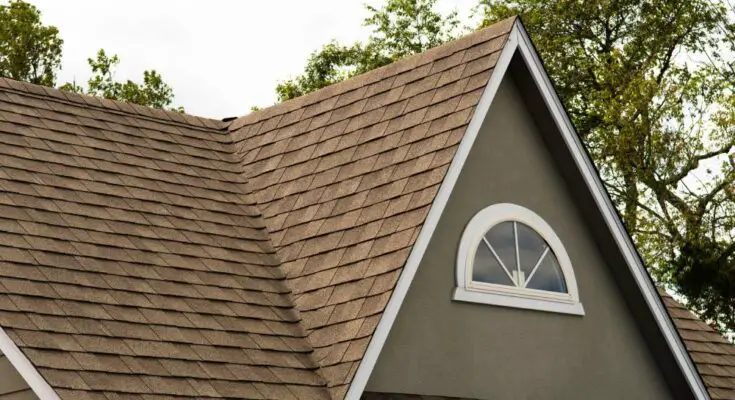To maintain and improve the longevity of your home, knowledge is power—especially when it concerns the crucial element that is your roof. While most homeowners are familiar with the basics of roofing, there are some things you might not know about this structure. Learning more about these intricacies could transform your approach to roofing the next time you’re in the market for repairing or installing a new roof.
The Color of Your Roof Can Matter
You might choose roofing colors based on personal taste, but did you know they can impact your home’s energy efficiency? Lighter-colored roofs reflect sunlight, potentially lowering cooling costs during hot summers. On the other hand, darker shades can help retain warmth in colder climates. By carefully selecting your roof color, you can manage your energy bills more effectively and create a comfortable indoor environment.
Some Roofing Materials Are Fire Resistant
Safety first! Many homeowners overlook this crucial aspect when selecting roofing materials. Certain options, like metal, offer excellent fire resistance. In fact, the top roof types for heat and fire protection can safeguard your property and reduce insurance premiums. Make sure to consult with an expert to find the best fire-resistant roof for your needs.
Roofs Need To Breathe
Proper ventilation is essential for any roofing system. Without adequate airflow, heat and moisture can accumulate, leading to mold growth and structural damage. A well-ventilated roof extends the lifespan of your shingles and helps maintain a healthy living environment. Talk to a roofing professional about installing ridge vents or soffit vents to keep your roof in top condition.
Roofing Is More Than Just Shingles
When you think of roofing, shingles might be the first thing that comes to mind. However, a complete roofing system includes several components working together. Underlayment, flashing, gutters, and insulation all play a role in protecting your home from the elements. Understanding these components can help you make informed decisions when it comes to repairs and maintenance.
A Roof Can Last Longer Than You Think
The lifespan of a roof varies depending on materials, installation, and maintenance. While traditional asphalt shingles last around 20 years, other options, like metal, can endure for over 50 years with proper care. Scheduling regular inspections and addressing minor issues promptly can significantly extend your roof’s life, saving you money in the long run.
Understanding the things you might not know about roofing can empower you to make informed decisions that enhance your home’s value and safety. When you’re ready to take the next step, consult with a roofing expert to explore your options and ensure your roof remains in excellent condition for years to come.



